
How Long Do Batteries Last on Electric Bikes? Lifespan Tips & Safety Insights
The Short and The Real Answer
When you ask how long batteries last on electric bikes, you're asking two questions. How many years will it last, and how many miles can I get per charge? Let's tackle the first one, its total lifespan.
The short answer is that a modern lithium-ion e-bike battery will last between 3 to 5 years, or for 500 to 1,000 full charge cycles. The real answer is more complex. This range is an industry average, not a guarantee. The actual lifespan of your battery is a direct result of its initial quality, your charging habits, your riding style, and how you store it.
Think of the battery as the heart of your e-bike; its longevity depends entirely on how well you treat it. In this guide, we'll move beyond the simple numbers. We'll show you exactly how to maximize that lifespan and, just as importantly, how to ensure your battery operates safely for every one of those years.
Understanding Cycles vs. Years
To truly understand battery life, we need to speak the right language. The two key metrics are charge cycles and years, but they are not the same. One is a measure of use, the other is an estimate based on time.
What is a Charge Cycle?
A charge cycle is a key unit of measure for a battery's life. One full cycle is defined as charging a battery from 0% to 100% and then using it back down to 0%. However, it doesn't have to happen all at once.
If you ride your bike until the battery is at 50% and then recharge it to 100%, you have used half a charge cycle. Do that again the next day, and you've completed one full charge cycle. This concept is important because every partial charge contributes to the battery's total cycle count.
Why Years Can Be Misleading
A battery's lifespan in years is just an estimate based on an "average" rider. It's like comparing a car's age to its mileage. A ten-year-old car with 20,000 miles is in much better shape than a three-year-old car with 150,000 miles.
Similarly, a rider who travels 20 miles daily will burn through their battery's 500-1,000 cycles far more quickly than someone who only rides on sunny weekends. The industry standard considers a lithium-ion battery to be at the end of its useful life when its maximum capacity drops to about 80% of its original rating. How quickly you reach that point is measured in cycles, not just years.
7 Key Breakdown Factors
Understanding what wears a battery down is the first step toward preventing it. From our experience, these seven factors are the primary causes behind early battery breakdown.
1. Charging Habits
Always charging to 100% and leaving it plugged in, or often letting the battery drain completely to 0%, puts major stress on the lithium-ion cells. These extremes speed up capacity loss.
2. Riding Style
Riding only in the highest help mode and using aggressive, quick acceleration demands maximum current from the battery. This constant high-drain activity creates more heat and wears the cells out faster than smooth, steady pedaling.
3. Extreme Temperatures
Lithium-ion batteries have a comfort zone. Operating or charging them in temperatures above 95°F (35°C) or below 32°F (0°C) can cause permanent damage to their internal chemistry. Heat is the number one enemy.
4. Battery Load
The more work the battery has to do, the faster it breaks down. This includes factors like rider weight, carrying heavy cargo, and often tackling steep hills. A heavier load means a higher power draw on every ride.
5. Storage Conditions
Leaving a battery for months on end either fully charged or completely empty is a recipe for disaster. A fully charged battery experiences high voltage stress, while a fully empty one can enter a "deep discharge" state from which it may never recover.
6. Moisture and Physical Damage
Water getting in from riding in heavy rain or pressure washing your bike can short-circuit the battery's electronics. Likewise, dropping a battery can damage the delicate cells and internal connections, creating both a performance and a safety hazard. As experts on the proper handling and storage of e-bike batteries emphasize, protecting the battery from physical shock and moisture is extremely important.
7. Battery Quality and Chemistry
Not all lithium-ion cells are created equal. Premium e-bikes use cells from well-known manufacturers like Samsung, Panasonic, or LG, which offer more consistent performance and a longer cycle life than generic, unbranded cells found in cheaper battery packs.
The Pro's Playbook: 8 Tips
Now for the good news: you have major control over your battery's lifespan. By adopting a few simple habits, you can easily push your battery's health toward the five-year mark instead of the three-year one. Here is the playbook we follow and recommend to every rider.
1. Follow the 20-80 Rule
This is the single most effective habit you can adopt. For daily use, try to keep your battery's state of charge between 20% and 80%. Lithium-ion cells are least stressed in this range. Only charge to 100% when you know you'll need the maximum range for a long ride.
2. Avoid Full Drains
Try not to let your battery fall below 20%. A full drain to 0% is one of the most stressful events for a battery. If you do run it flat, recharge it as soon as possible.
3. Charge in a Cool, Dry Place
Never charge a battery immediately after a long ride when it's still hot, or right after bringing it in from a freezing garage. Let it return to room temperature first (around 60-77°F or 15-25°C).
4. Use the Original Charger
Always use the charger that came with your e-bike. It's specifically designed for your battery's voltage and management system. Cheap, third-party chargers can have incorrect voltage or lack critical safety features, posing a serious fire risk.
5. Store It Smartly
For long-term storage (more than a few weeks), charge or discharge the battery to a level of 40-60%. Then, store it indoors in a dry, temperature-controlled space. This follows official recommendations for safe e-bike battery storage and reduces breakdown over time.
6. Clean Contacts Regularly
Check the metal connection points on both the battery and the bike frame from time to time. Gently wipe them with a clean, dry cloth to ensure a solid and efficient connection. A poor connection can cause power changes and energy loss.
7. Ride Smoothly
Avoid sudden, hard accelerations. Gradual increases in speed and smooth pedaling reduce the peak load on the battery, which helps preserve its long-term health.
8. Don't "Top-Off" Constantly
While not as harmful as leaving it plugged in at 100%, constantly plugging the battery in for a small 5-10% charge is unnecessary. It's better to let it discharge to a reasonable level (like 30-40%) before recharging.
Understanding Battery Safety
In light of recent news about battery fires, a rider's focus has rightly shifted from just lifespan to safety. But what makes an e-bike battery "safe"? The answer isn't a brand name or a marketing claim; it's verifiable, third-party certification.
The Gold Standard: UL Certifications
Underwriters Laboratories (UL) is a global safety science company that sets strict standards for products. For e-bikes, two certifications are critical. Understanding the difference is key to making a safe choice.
| Certification | What It Covers | Why It Matters |
|---|---|---|
| UL 2271 | The battery pack itself. | It tests the battery for resistance to overcharging, short circuits, impact, water, and extreme temperatures. |
| UL 2849 | The entire e-bike electrical system. | This is the most complete standard. It tests the battery, charger, and motor controller together to ensure they work safely as a system. |
A bike that is certified to UL 2849 is the gold standard because it verifies that the charger won't overcharge the battery and that the entire system is designed to prevent electrical failures. As experts at Tern Bicycles note, consumers should understand the critical importance of UL 2849 certification for the entire e-bike system.
How to Verify a Battery is Certified
Don't just take a seller's word for it. A genuinely certified product will have the official UL Mark (the letters "UL" in a circle) physically on the battery, the charger, and often the bike frame. You can also check the manufacturer's website for certification claims and even search UL's public database to verify a product's listing.
What Certification Prevents
Uncertified batteries are a black box. They may use low-quality cells, lack a proper Battery Management System (BMS), and be open to "thermal runaway"—a dangerous, unstoppable chain reaction that leads to fire. A cheap, uncertified charger can easily malfunction and overcharge a battery, creating the perfect conditions for a fire. Following a Consumer Reports' safety guide on preventing e-bike fires starts with purchasing a certified product.

Real-World Lifespan Scenarios
Theory is one thing, but how do these factors play out in the real world? Let's look at three different riders we often see and how their habits directly impact how long their batteries last.
The Daily Commuter: "Chloe"
- Habits: Chloe rides her e-bike 15 miles to and from work every day. She uses a high level of pedal assist to conquer hills on her route and charges her bike to 100% every single night so it's ready for the morning. She stores the bike in her temperature-controlled garage.
- Outcome: Chloe builds up charge cycles very quickly. Because she charges to 100% daily, her battery is under constant high-voltage stress. While her storage is good, the intense daily use and charging habits mean she will likely see her battery's performance decline noticeably and need a replacement closer to the 3-year end of the spectrum.
The Weekend Warrior: "Mark"
- Habits: Mark loves taking his e-bike on 30-mile trail rides every Saturday. He's a smart rider who uses lower assist levels on flat sections to save power. He follows the 20-80% charging rule, only charging fully for extra-long planned rides. After a ride, he brings the battery inside and stores it at about 50% charge.
- Outcome: Mark's battery experiences far fewer charge cycles and is treated with care. By avoiding the stress of full charges and discharges and storing it properly, he is maximizing its chemical health. Mark is very likely to get a full 5 years or even more out of his original battery.
The Food Delivery Pro: "Alex"
- Habits: Alex uses their e-bike for work, riding over 50 miles a day in all weather conditions, from summer heat to winter cold. They often drain the battery completely between shifts and often use a generic fast charger to get back on the road quickly.
- Outcome: This is the ultimate high-stress scenario. The battery endures a full, deep charge cycle almost every day, operates in extreme temperatures, and is subjected to potentially unsafe charging. This extreme use case means Alex will burn through the battery's lifespan incredibly fast, likely needing a replacement in just 1.5 to 2 years.
Frequently Asked Questions
1. How do I know when my e-bike battery needs to be replaced?
You'll notice your battery needs replacement when it can only hold about 80% of its original capacity or less. This means if your bike used to go 40 miles on a charge, it now only goes 32 miles or fewer. Other signs include the battery taking much longer to charge or losing power very quickly during rides.
2. Can I leave my e-bike battery charging overnight?
While most modern chargers will stop charging when the battery reaches 100%, it's better not to leave it plugged in overnight regularly. This keeps the battery at 100% charge for extended periods, which can stress the cells over time. Try to unplug it once it's fully charged.
3. What's the safest e bike battery type to buy?
Look for batteries with UL 2849 certification, which tests the entire e-bike electrical system for safety. This certification ensures the battery, charger, and motor work safely together. Always buy from reputable manufacturers and avoid cheap, uncertified batteries that pose fire risks.
4. Should I remove my e-bike battery in winter?
Yes, if you're storing your e-bike in freezing temperatures, remove the battery and store it indoors. Cold temperatures can damage lithium-ion cells and reduce performance. Keep the battery at room temperature and at about 40-60% charge during long-term storage.
5. How much does it cost to replace an e-bike battery?
E-bike battery replacement costs typically range from $400 to $800, depending on the battery's capacity and quality. Higher-capacity batteries and those from premium brands cost more. This is why proper care and maintenance to extend your original battery's life is so important.




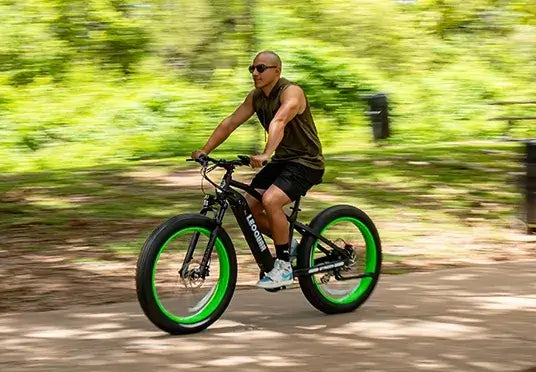




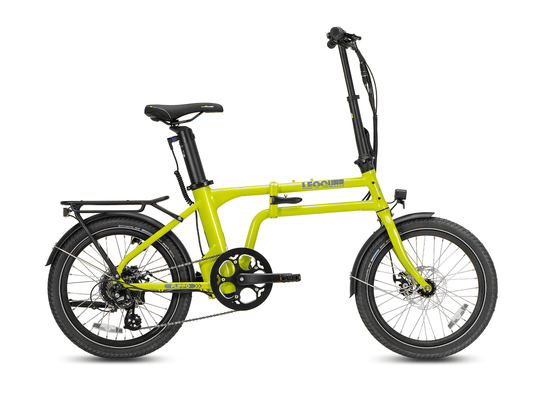
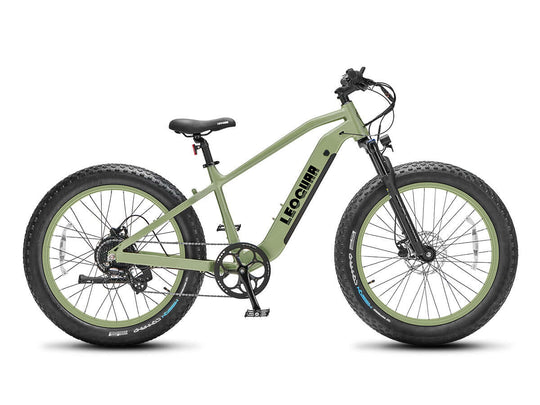
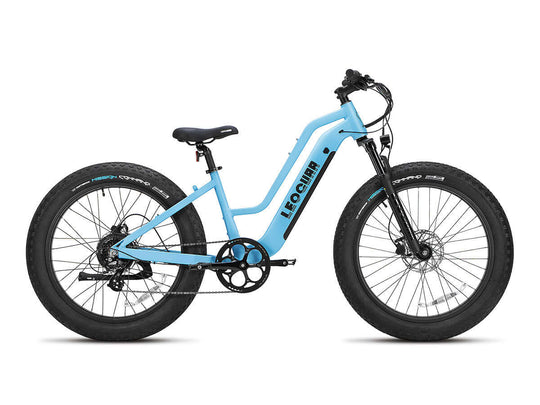
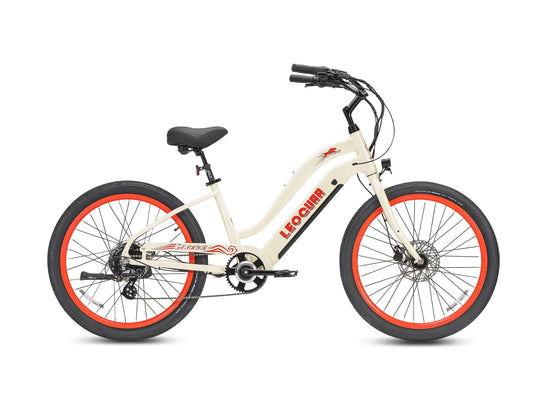
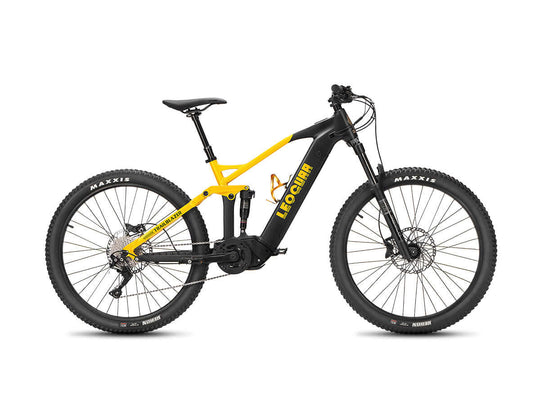
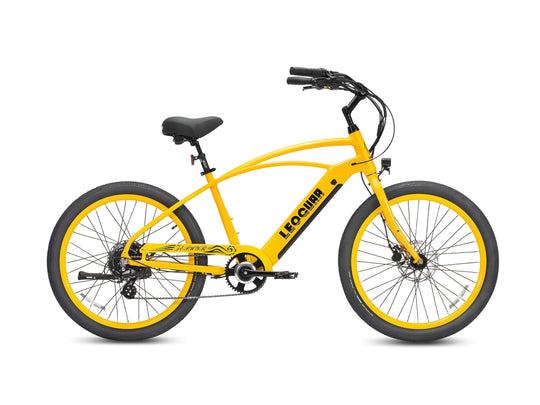
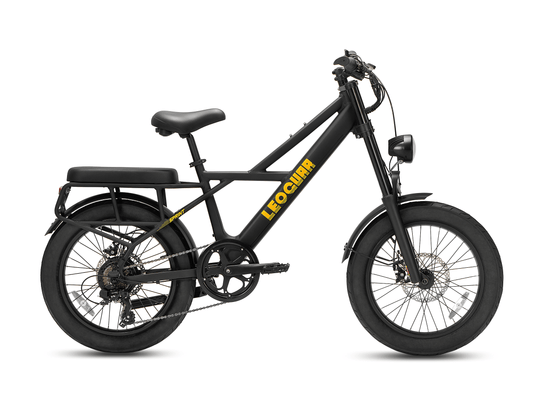
















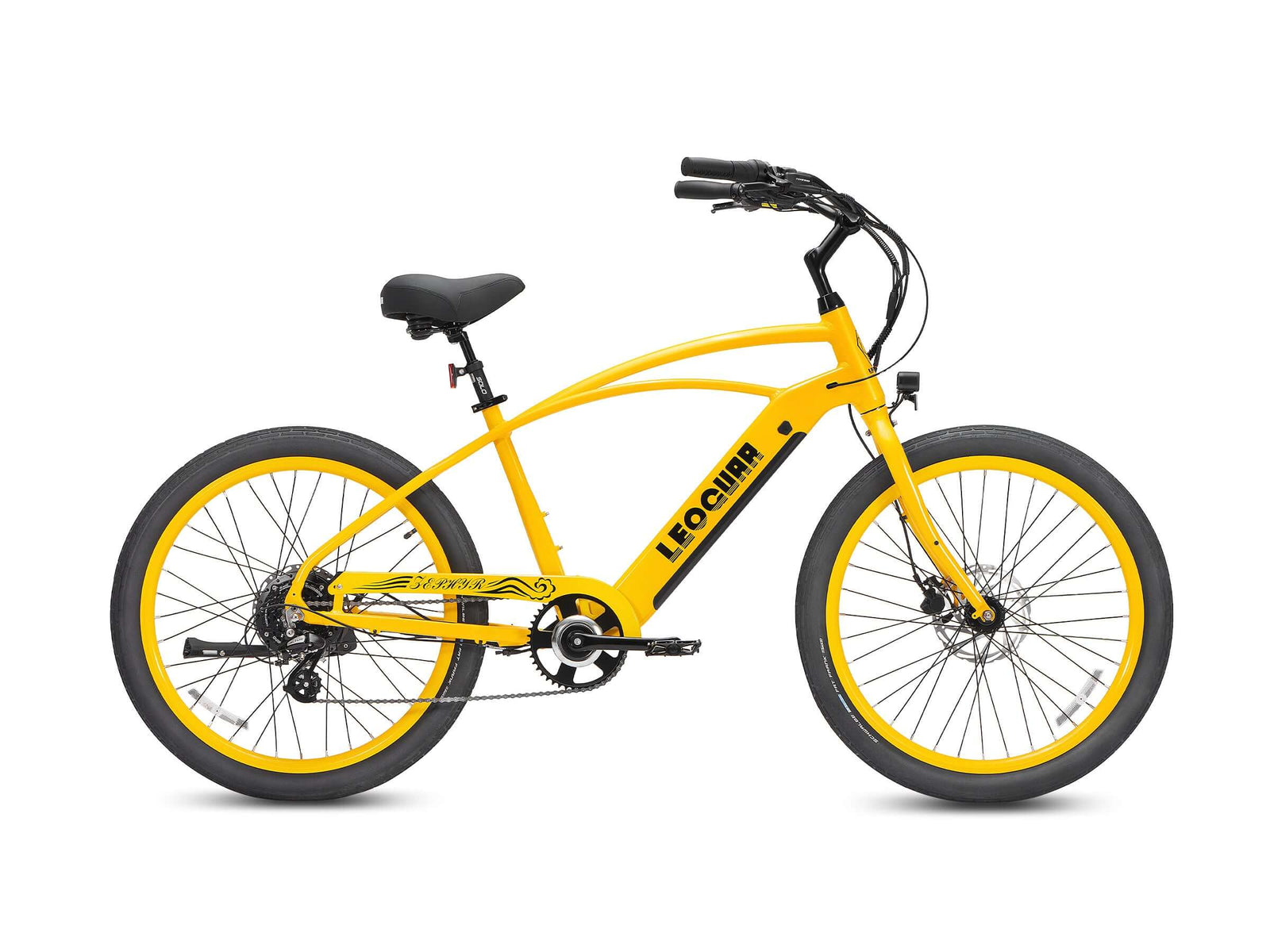








Leave a comment